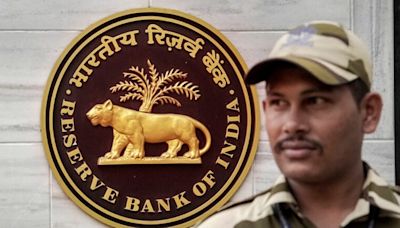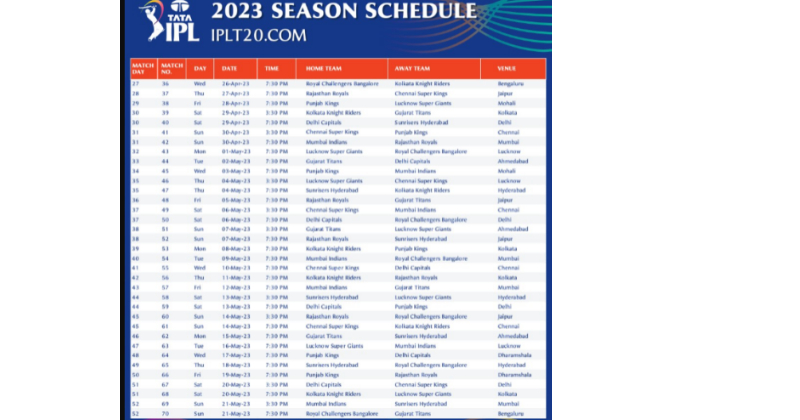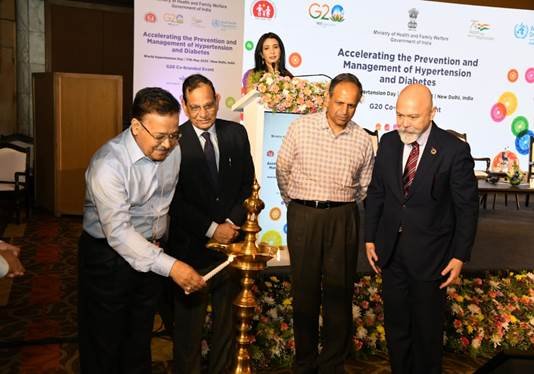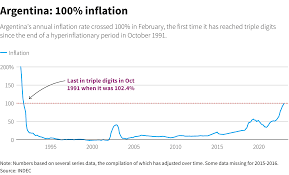Reserve Bank of India (RBI) The Reserve Bank of India (RBI) has introduced draft guidelines titled “Digital Lending – Transparency in Aggregation of Loan Products from Multiple Lenders” to bring transparency to the digital lending sector. These guidelines aim to address concerns regarding the lack of transparency and instances of malpractices observed in the digital lending space, particularly by some fintech companies.
Reserve Bank of India (RBI)
About Digital Lending in India:

Digital lending has emerged as a transformative force in India’s financial landscape, heralded for its role in advancing financial inclusion and reshaping traditional lending practices. By leveraging online platforms, borrowers can seamlessly apply for and receive loans without the need for physical visits to banks or financial institutions. This convenient and flexible approach has particularly resonated with younger, tech-savvy individuals, driving the sector’s remarkable growth. With streamlined application processes and real-time underwriting based on digital payment data, fintech companies have revolutionized loan acquisition, offering credit-based payment products like Buy Now Pay Later (BNPL) and EMI options. Despite its rapid expansion, digital lending has faced challenges, including concerns over excessive interest rates and opaque practices. The Reserve Bank of India’s (RBI) draft guidelines seek to address these issues by promoting transparency, fairness, and responsible conduct within the digital lending ecosystem. As the sector continues to evolve, these measures aim to foster a more trustworthy and sustainable lending environment, ensuring that digital lending remains a powerful tool for financial inclusion and empowerment in India.
Key Proposals And Objectives Of Digital Lending – Transparency in Aggregation of Loan Products from Multiple Lenders:

The key proposals of the “Digital Lending – Transparency in Aggregation of Loan Products from Multiple Lenders” initiative by the Reserve Bank of India (RBI) aim to enhance transparency and fairness in the digital lending space. The proposal mandates that Lending Service Providers (LSPs) offer borrowers a comprehensive digital view of all available loan offers from willing lenders, including essential details such as loan amount, tenor, Annual Percentage Rate (APR), and other key terms and conditions. Moreover, LSPs must provide full and clear content on the paper while, refraining from promoting any particular lender. The objective of these proposals is to empower borrowers with prior information about potential lenders, enable fair competition among lenders, prevent bias or deceptive practices by LSPs, and ultimately enhance overall transparency in the digital lending ecosystem. Through these measures, the RBI aims to foster a more trustworthy, responsible, and sustainable digital lending environment in India.
What is the “Digital Lending – Transparency in Aggregation of Loan Products from Multiple Lenders” initiative by the RBI?
This initiative aims to enhance transparency and fairness in the digital lending space by mandating Lending Service Providers (LSPs) to offer borrowers a comprehensive digital view of all available loan offers from willing lenders.
What are the key proposals of this initiative?
The key proposals include requiring LSPs to provide borrowers with essential details of loan offers, such as loan amount, tenor, Annual Percentage Rate (APR), and other key terms and conditions. LSPs must refrain from promoting any particular lender and ensure clear and unbiased content presentation.
- Manisha Rani’s Become Highest-Paid Contestant On Rohit Shetty’s Show Khatron Ke Khiladi 14
- Marvel Boss Kevin Feige Reflected Her Career Amidst Deadpool & Wolverine Movie Launch
- Selena Gomez’s Rare Beauty Achieved $2 Billion Before Its Fifth Anniversary of Launch Of Brand
- Thalaimai Seyalagam Trailer Review: Chief Minister Vs CID
- Famous Singer Ed Sheeran Mimics Allu Arjun’s Pupsha Dance Steps













Add comment